As with the countries of origin for most of our immigrant ancestors, Vietnam has a long, rich, and complicated history spanning millennia of human development and challenged by periods of colonization, wars, and independence.
In July 1857, Napoleon III of France attacked the city of Da Nang and began the French occupation of Vietnam and several neighboring countries in Southeast Asia. After Germany took control of France in World War II, the Japanese came to occupy Vietnam. After the end of the war, the Viet Minh, a pro-independence coalition led by the Communist Party, rose up against the Japanese and declared independence for the Democratic Republic of Vietnam. The French, seeking to regain control of their former colony, invaded the South with their allies the British. By 1949, the French were fighting the Viet Minh with support from the U.S. while the Viet Minh received support from China. In 1954, an agreement was signed between the Viet Minh and the French cutting the country in half; leaving the North to the Viet Minh and the South to the French and their allies.
A vote was meant to be held across Vietnam in 1956 to choose leaders of a united Vietnam, but the Viet Minh appeared poised to win the election, and forces in the South refused to participate. Soon after, the U.S.-backed Ngo Dinh Diem removed the French-backed leader Bao Dai and was made president of South Vietnam. Following a violent coup in 1963, and a number of failed leaders in the South, the U.S. began ramping up with bombings and a growing number of American troops in 1965. The war between North and South Vietnam would continue for another twenty years. It would be the longest war in U.S. history prior to Afghanistan and it cost the lives of over 1 million Vietnamese and 58,220 U.S. soldiers. In 1975, as North Vietnamese forces took the city of Saigon, American allies in the South worked to secure passage to the U.S., beginning a pattern of immigration from Vietnam to the U.S. that continues today.
Because of the depth and complexity of Vietnam’s long history, it might be beneficial to review this handy timeline created by Columbia University.
Even before North Vietnam’s capture of Saigon, U.S. President Gerald Ford authorized the use of naval vessels to evacuate the flood of refugees fleeing from North Vietnamese forces as they moved south. By the time Saigon began to fall, many were already trying to escape. Those in the South Vietnamese military, like Sum Cong Nguyen, had escape plans. Nguyen, a captain in the navy, had access to a patrol boat. He took his spouse Anh, six children, and another 30 refugees onto the boat. They had minutes to grab all their belongings once the decision was made to flee. As they made their way onto the Saigon River, they saw the banks filled with crying people and burning boats. They had to brave storms once on the South China Sea. He was looking for a U.S. naval ship, but was unable to find them.
Eventually, they made their way to Singapore without being attacked or murdered by pirates as had happened to thousands of Vietnamese refugees over the years. They would spend a month in the Philippines before moving to a camp in Guam and eventually making it to California. They were among the first to make it since the fall of Saigon. Groups like Lutheran Social Services and the Catholic Resettlement Office had a long history of helping establish new refugees in the U.S. These groups were well-established in Denver, which became one of the cities where many Vietnamese relocated, including the Nguyen family in 1975. Sum received a degree in electronic engineering from Metropolitan State College in 1986 and eventually became president of the Asian Trade and Cultural Center and the Unified Vietnamese American Council of Colorado.
One of his daughters, Trinh, remembers being told, “Go back to your country” in school, but went on to start her own successful nail salon in Aurora. One of Nguyen's grandchildren was the first to marry someone who wasn’t Vietnamese, and many of the grandchildren are not fluent in Vietnamese. While there is often some frustration among older immigrants seeing younger generations adopting different ways and losing their native languages, the stories about their escape from Vietnam remain strong.
Other refugees were not so lucky as to escape with their families intact. Thu-Nga Tran was just a girl with loving parents, growing up in Saigon in 1980. Her parents were able to smuggle her out of Vietnam along with one of her brothers and two sisters. However, Tu-Nga’s parents and two of her siblings were unable to escape at the time. She traveled on the sea in a small boat before making her way to the Philippines where she spent months in a refugee camp. Eventually, she made her way to Fort Collins where she thrived living with the local Dwyer family. After only three years in the U.S., she achieved top grades in school and even won a speech contest in her second language, presenting her speech at the 1984 Republican Convention. She was recognized by Johns Hopkins University, which offered her financial aid to attend college at the prestigious institution.
Thai Nguyen and his wife Ha Pham arrived in Denver in 1982. Within five years, they took out a small business loan to start New Saigon restaurant, which became an award-winning institution located on South Federal Boulevard. In 2023, the Nguyen’s oldest daughter, Thoa, opened her own Banh and Butter Bakery Cafe in Aurora. Their other daughter Thu Nguyen runs New Saigon Bakery and Deli, which is attached to the original New Saigon Restaurant. Another one of their daughters, An Nguyen, is the chef and owner at Savory Vietnam Restaurant in Denver. Mimi Luong owns Truong An Gifts in the Far East Center and is an organizer with Friends of Little Saigon. Since it opened in 1988, the Far East Center has become home to many celebrations attended by the broader Denver community like the Mid-Autumn Festival and Lunar New Year.
Further reading:
Vietnamese Community in Colorado: notes, correspondence, 1999
Vietnam Refugees - Colorado (see also: Indochinese Refugees), 1972-1979
Indochinese Refugees - Colorado, 1979
According to the Migration Policy Institute, the U.S. government evacuated 125,000 Vietnamese citizens in 1975 and the number of immigrants coming from Vietnam doubled in the 1980s and 1990s, reaching 1.3 million immigrants in the country by 2022. Because of Denver’s history of refugee resettlement and many more recent Vietnamese immigrants having family links to Denver, the metro area remains home to a thriving Vietnamese American community. Today, the Vietnamese population in Colorado consists of over 31,000 members. While many families arrived here after experiencing the horrors of war and the struggles of the refugee experience, they continue to thrive and contribute to our diverse state without forgetting the history deeply embedded in each of their family’s histories.
“My story is just a little one among 10,000 stories,” Nguyen says. He pauses. “Actually, one among 1 million stories.” - Denver Post, February 5, 2013

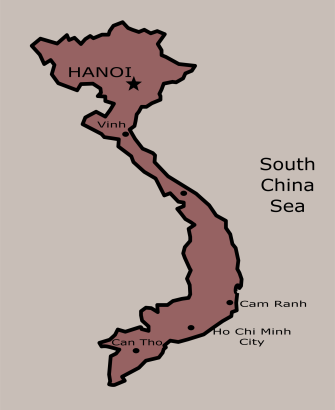
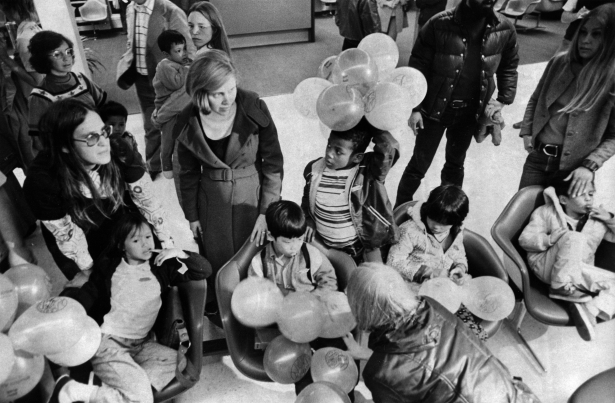
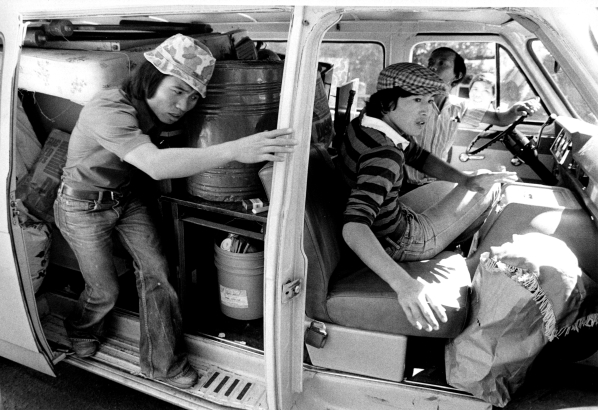
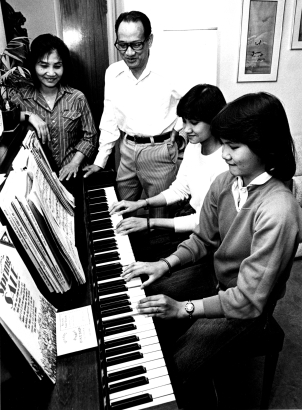
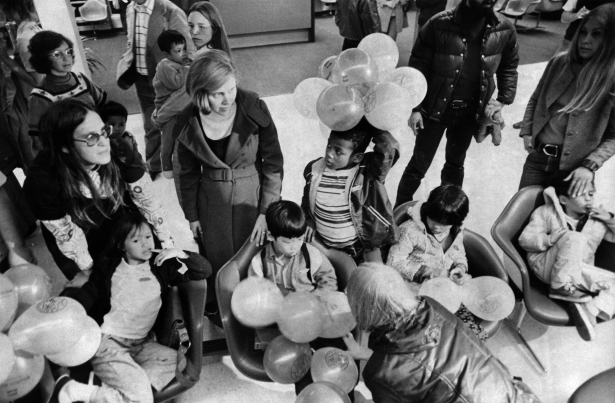
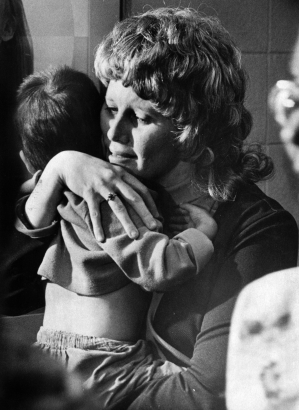
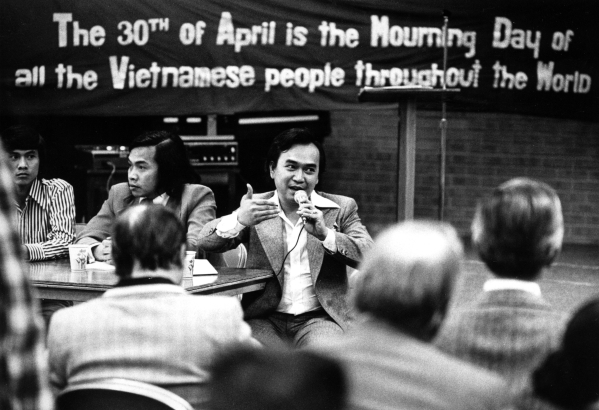
Add new comment